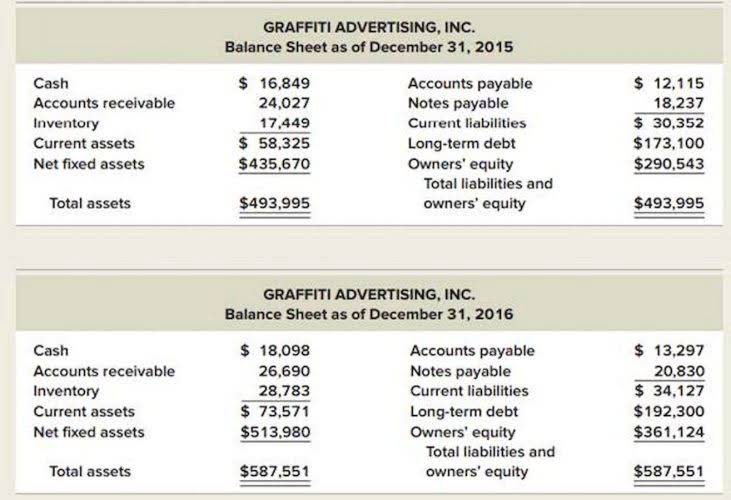
Construction contract accounting involves applying specific accounting principles to long-term construction projects. The percentage-of-completion method is commonly used to allocate revenues and expenses across the timeline of these complex projects. Percentage of completion (PoC) is an accounting method of work-in-progress evaluation, for recording long-term contracts. GAAP allows another method of revenue recognition for long-term construction contracts, the completed-contract method. Calculate the current year costs to be reported by multiplying the total estimated costs by the progress percentage.
- For example, if a contractor is to deliver 50 units and 10 units have been completed, the project would be 20% complete.
- This method is best used for construction projects in which you, as the contractor, must deliver several identical services or end products.
- Thus, the total profit from the contract equals $20, all of which was recognized prior to the transaction date.
- In that case, 50% of each contract accounted for under PCM is accounted for under the constructive completion rules, while the other 50 percent of each contract is subject to the step-in-the-shoes rules.
- By delaying income statement recognition, it eliminates the effects of early stage losses and better aligns reporting of revenues with related expenses.
When preparing a work-in-process (WIP) report, the accountant needs to determine the percentage of completion and what was overbilled or underbilled on the project. This method is typically based on labor hours, materials used, or machine hours. For example, suppose you estimate that a project will take 10,000 labor hours to complete, and you’ve already clocked 6,000 labor hours to date. In that case, you can divide these two numbers and then multiply that number by 100 to get a percentage of completion.
What Is The Percentage Of Completion Method?
The percentage of completion for Project A (0.625) is therefore prior costs ($5,000) plus current costs ($2,500) divided by the total estimated costs (now $12,000). The percentage of completion for Project B (0.55) is prior costs ($15,000) plus percentage of completion calculation example current costs ($12,500) divided by the total estimated costs (now $78,000). Buyer expects to receive $50 from the contract since only $50 was billed by Seller. Additionally, the total contract price is reduced by the $30 Buyer paid Seller.
- Each business is required to choose an accounting method to report income and expenses.
- Our connected global construction platform unites all stakeholders on a project with unlimited access to support and a business model designed for the construction industry.
- And more than one pair of eyes should repeatedly and systematically verify the information’s accuracy.
- However, a specialized method is needed specifically for long-term contracts, and this specialized method would generally be the PCM.
- The IRS defines small contracts as those that will be completed within two years, and defines small contractors as those with gross receipts not over $25 million in the previous three years.
Construction-in-progress are generally not classified as inventory as it would not be in-line with IAS2.9 (Inventories to be stated at lower of cost or NRV). The costs incurred in reaching each stage of completion are matched to the revenue. This allows profits and losses to be attributed to the proportion of work completed. The percentage of completion method is usually used by construction companies for multi-period contracts. It provides a rational way of knowing how much to bill a client in each period.
Costs in excess of billings as an asset
At the end of the first month, with project completion at 20%, an invoice reflecting 20% of the total ($20,000) will be sent. To wrap up, we’ll summarize the core concepts and explore what accounting teams should focus on when leveraging percentage-of-completion. Adhering to these principles enhances the accuracy of financial reporting under this method. Under the survey method the engineers have provided their judgment of the percentage of work completed and it is 40%. Once you know the revenue amount to report, you’ll need to adjust your income at the end of the year with a journal entry presented below.


 Il carrello è vuoto
Il carrello è vuoto
Add a Comment